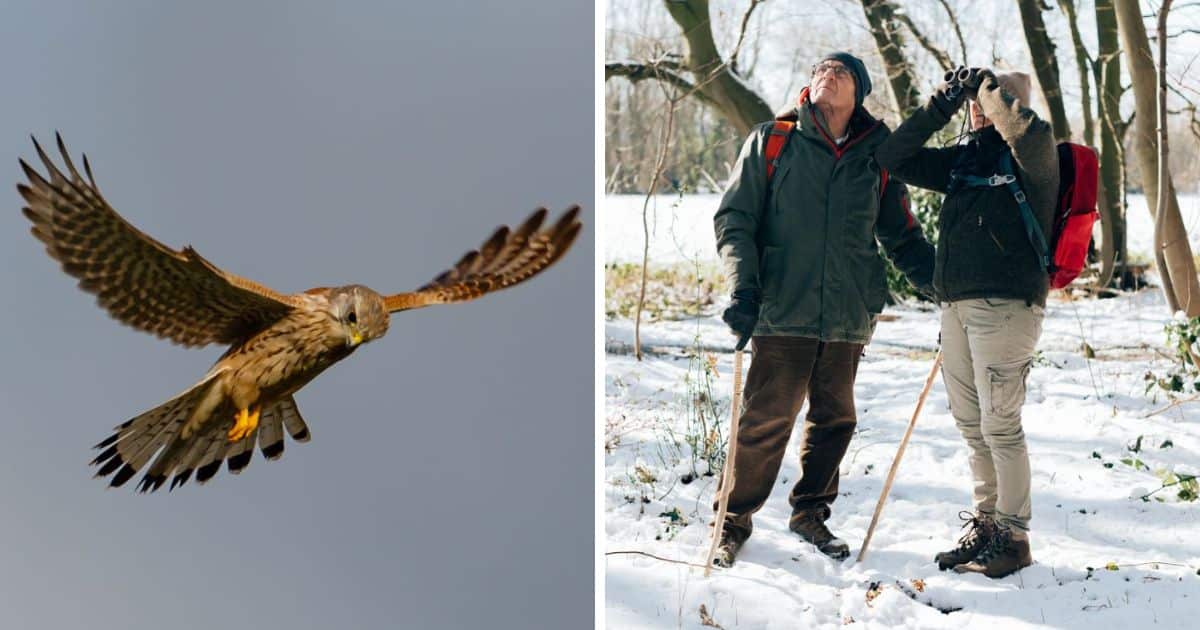
What is the Christmas Bird Count, Anyway?
Every year since 1909, birders of all stripes, along with wildlife-friendly nature lovers across the nation, have participated in the Audubon Christmas Bird Count, which runs between December 14 and January 5.
On one day between those two dates, birders within the boundaries of a 15-mile circle will record every bird species they see and hear and tally every individual bird.
At the end of the day, the birders add up all their species and send their lists to the count compiler, who in turn sends that information to the National Audubon Society.
Jump to:
- Why is the Christmas Bird Count So Important?
- How Can I Join the Count?
- What If I’m Kind of a Newbie at Birding?
- What Can I Expect Today from My Fellow Birders?
- What Should I Bring to My Local Bird Count?
- What if The Weather Gets Bad?
- What If I Don’t Have a Local Bird Count to Join?
- What Happens After the Bird Count is Over?
- So What New Information Are These Bird Counts Revealing?
Why is the Christmas Bird Count So Important?

Tens of thousands of volunteers across North and South America, along with other countries around the globe, have been counting birds on this day for over 100 years. This count will create a snapshot of birds in winter, helping researchers track migration patterns.
Using citizen scientists to turn in data has been an immense help to researchers because the huge volume of bird species being turned in will give researchers more accurate data. They can find out if there have been any big fluctuations in different bird numbers and find out which species are in increased danger of going extinct because of the new temperature extremes.
How Can I Join the Count?
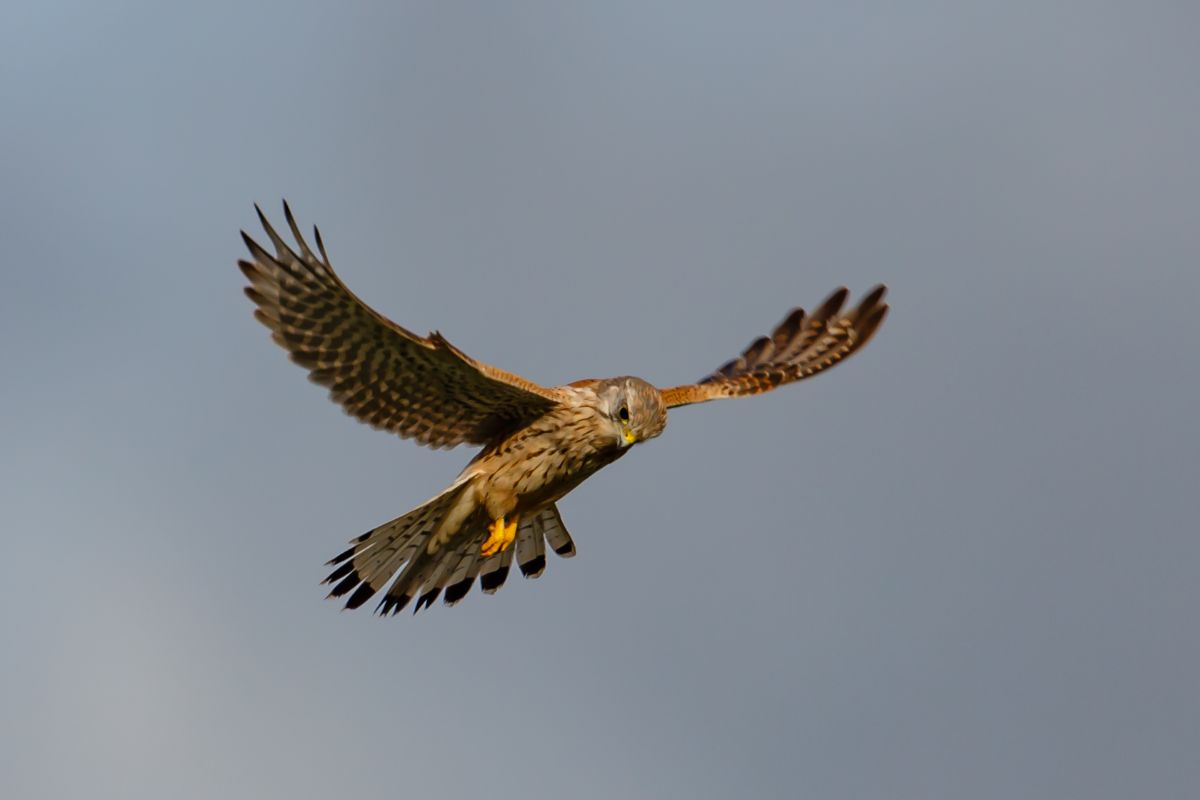
Go to this map on the Audubon website, where you will see a lot of bird circles. Zoom in to your area and click on the circle near you that you want to join. Then, you’ll get the email address and name of the local Audubon count compiler.
Shoot them an email, and they’ll sign you up and find you a group of birders to work with for the count.
Sign up as early as possible so the count organizers can get everything in order quickly.
What If I’m Kind of a Newbie at Birding?
That’s okay. Your count compiler will match you with experienced birders who can teach you their ways.
One way to learn about your local birds is by using the Merlin app. This online app, which was designed by Cornell University, will identify nearby birds by their songs.
It’s not perfect because the app can still be confused by mimic birds such as starlings or mockingbirds. One time, I was using the app with my chickens clucking nearby, and it told me I had a bittern in the yard.
It’s fun to work with a group of birders, anyway. They’ll share tips and techniques with you, and there’s nothing like the electricity that washes over the group when they spot a rare bird.
What Can I Expect Today from My Fellow Birders?
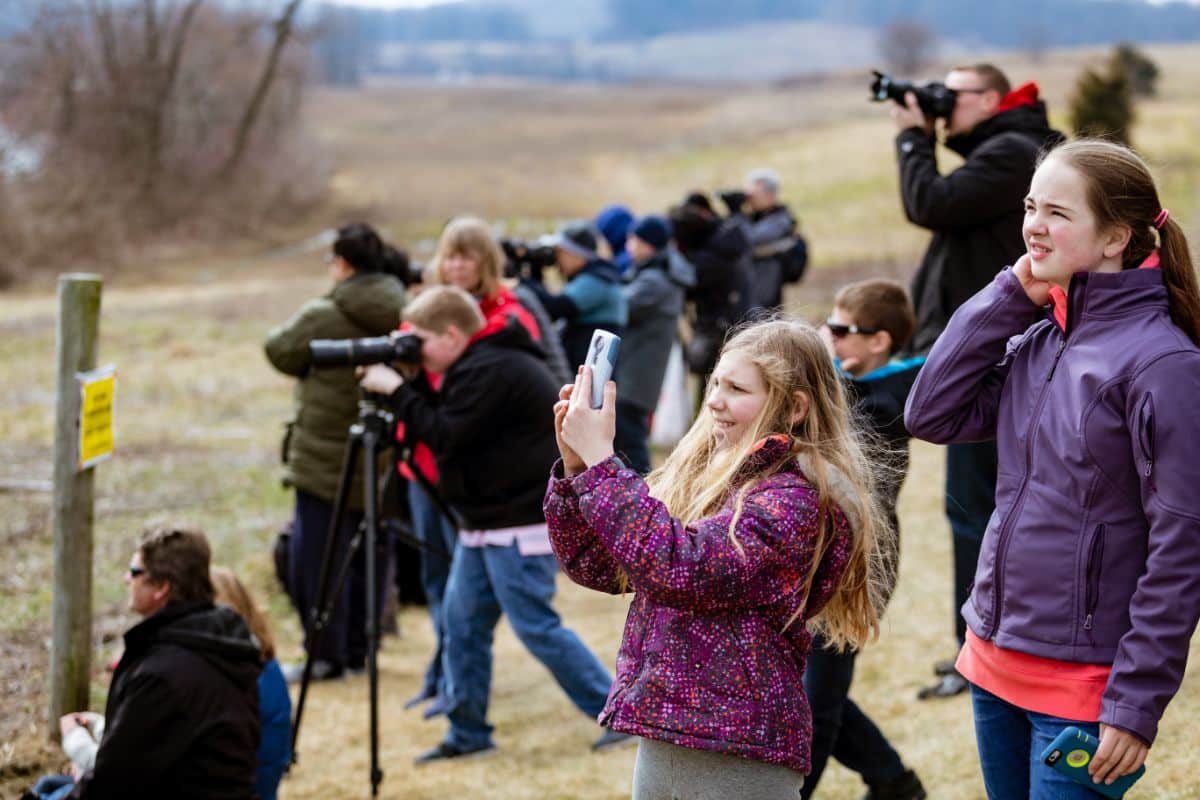
Some birders will head out early, some when it’s still dark in order to call owls! Some will watch from pop-up blinds; some will cruise the back roads in their cars until they see something promising; some will watch from a window with a warm cup of tea; some will just walk quietly until they find a flock of birds.
Be aware that there’s a friendly rivalry between birding circles, with each trying to spot over 100 different species of birds. Some areas, such as national wildlife refuges, will have a definite sporting edge with several hundred different species within view. But every circle will be able to spot some unusual birds, often transient species that don’t live in the area but are passing through.
What Should I Bring to My Local Bird Count?
You will be outside all day, though some birders will go back to town for snacks and to pick up items they forgot. Of course, bring your binoculars, camera, and bird guide. If you live in a place where the weather’s cold, be sure to wear layers of cold-appropriate clothing. Don’t forget gloves, hats, and two pairs of socks (just in case). Bring snacks and hot cocoa in a thermos to keep up your strength.
It’s a little easier if you actually live inside the circle – then you can observe birds from your backyard, going inside for sandwiches.
What if The Weather Gets Bad?
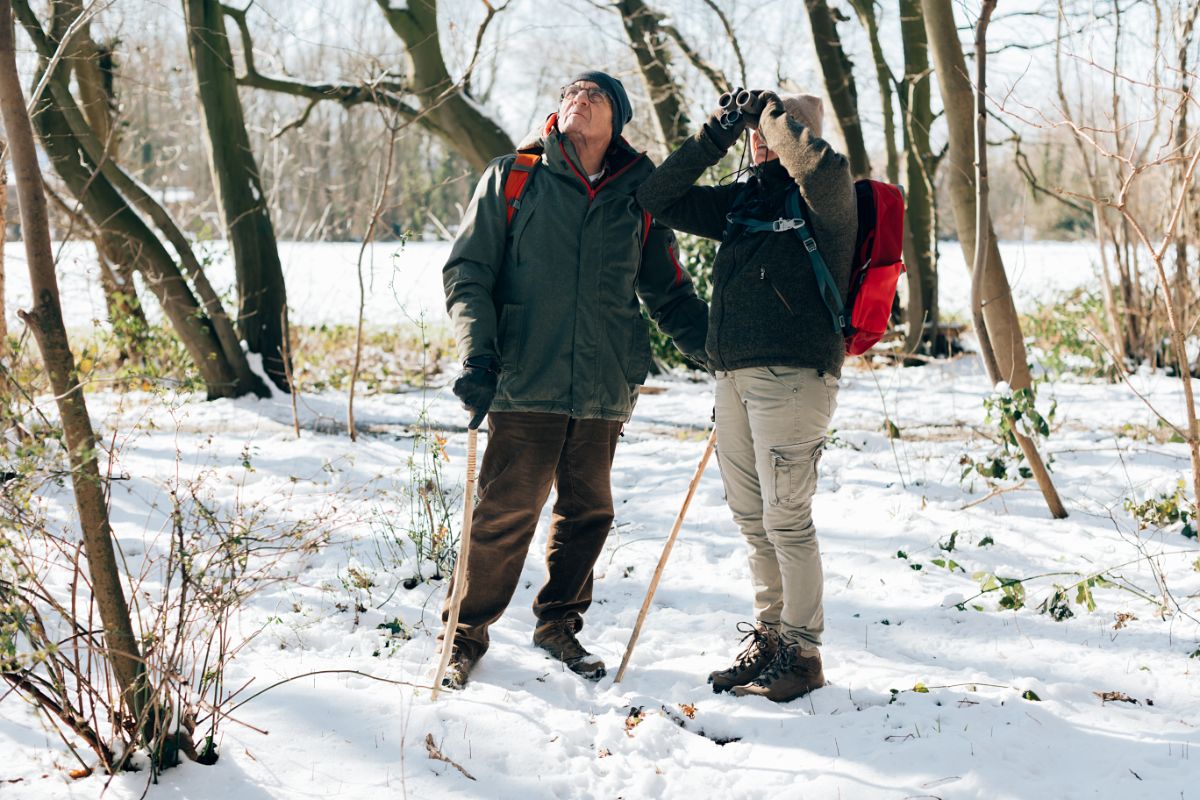
Obviously, if there’s a blizzard, no birds are going to be out, and you shouldn’t be either. These will get rescheduled.
What If I Don’t Have a Local Bird Count to Join?
If you can’t find a count that’s close to you, you can join the National Backyard Bird Count instead. If you’re a skilled birder who can identify most of the local species along with transitory species, and you’ve got a little gang of birding friends who want to work with you, you can start your own birding circle. (The New Count Application can be sent in between September 1 and December 1, so you will have to wait until the application time rolls around.)
What Happens After the Bird Count is Over?
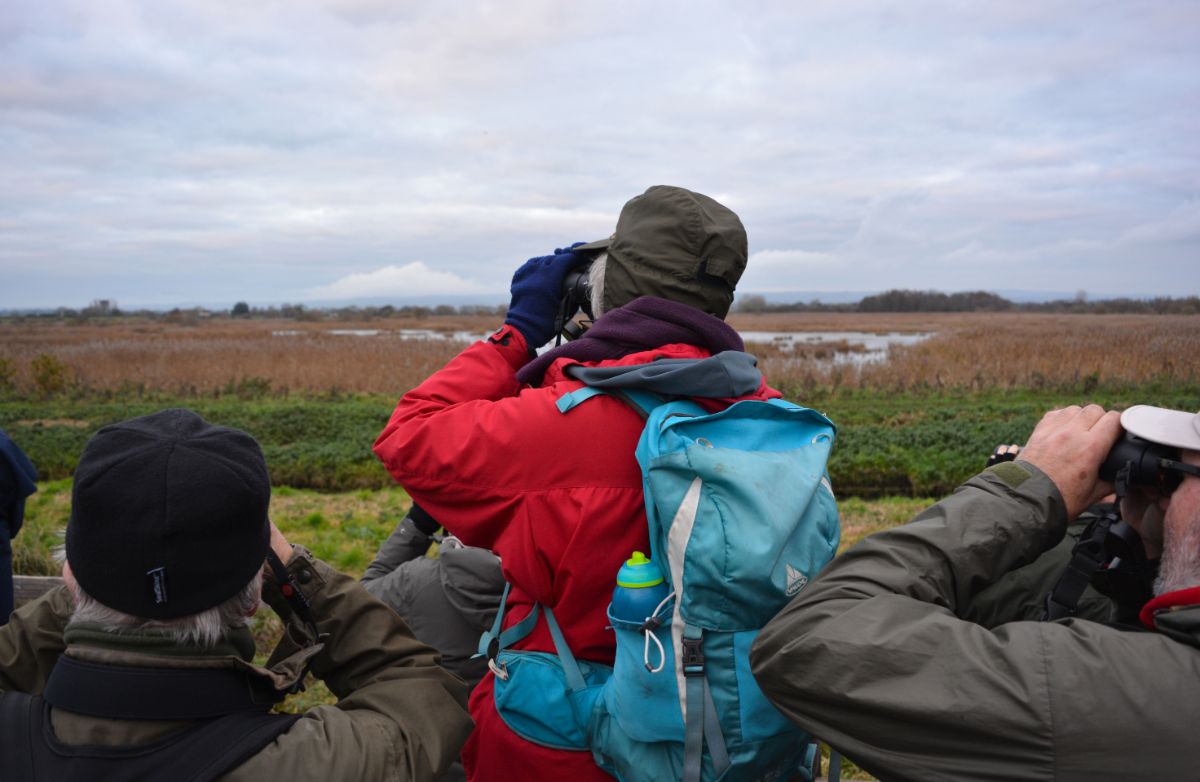
The data that you and all the other intrepid birders have gathered will be used by scientists all over the world, especially those who are focused on wildlife, ecology, and climate change. The Audubon Society will also publish summaries of this data for public use.
So What New Information Are These Bird Counts Revealing?
Recently, in 2019, a sobering study published in Science used decades of data from the Audubon Society and other places. What this data shows is that, since 1970, North America has lost nearly three billion birds due to human influence.
This population loss doesn’t just affect rare and endangered species. It also affects common birds such as Baltimore orioles, barn swallows, and dark-eyed juncos. If you’ve wondered why you haven’t seen many meadowlarks lately – this is why.
However, some birds have rebounded. The numbers of waterfowl have grown due to wetland conservation efforts by state and national organizations.
All is not lost. Species can come back if humans restore habitat, manage the environment to give birds shelter, food, and water, and take political action to make all this possible.
This Christmas bird count is one way that we can help birds make a comeback.

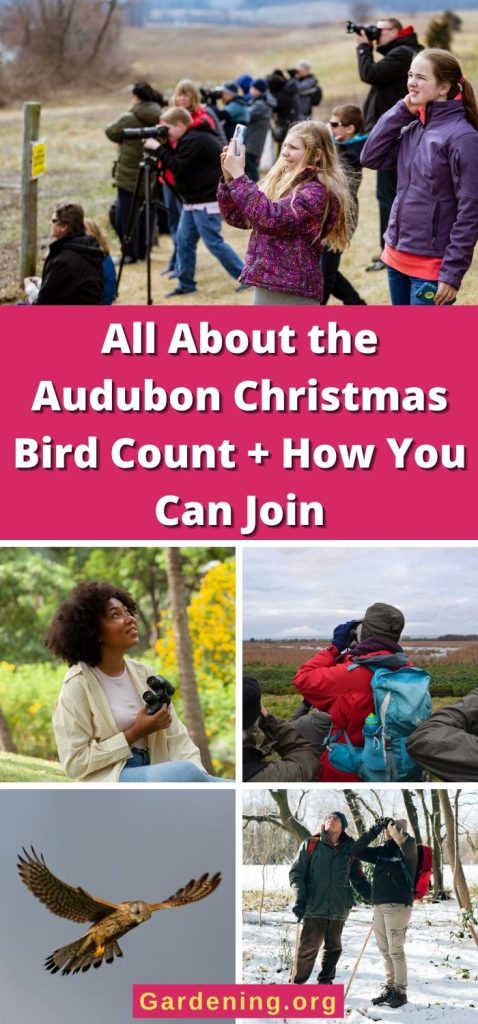

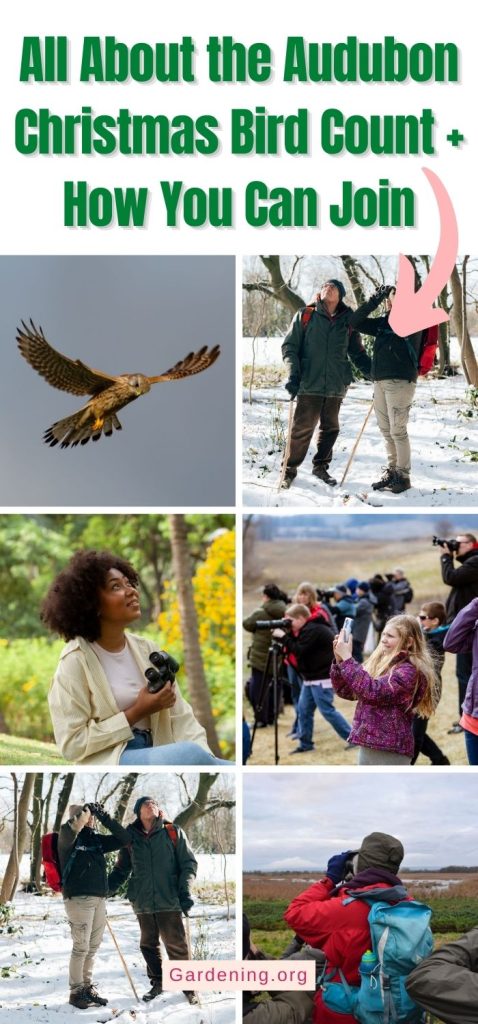
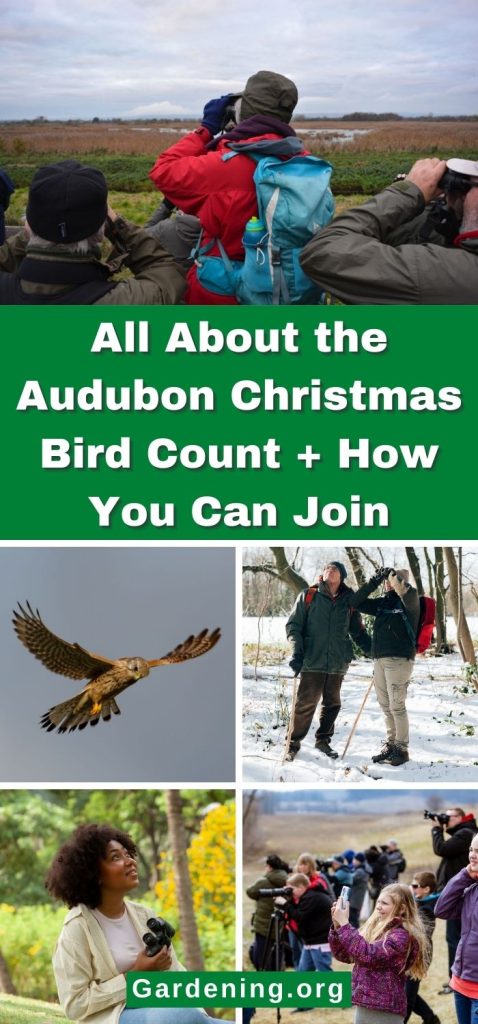
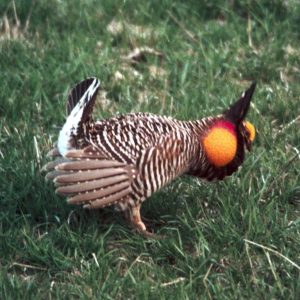

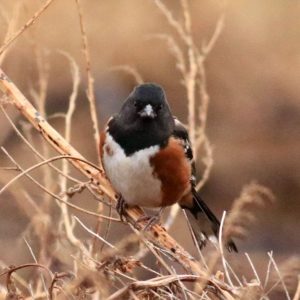
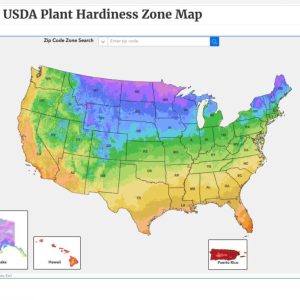
Leave a Reply